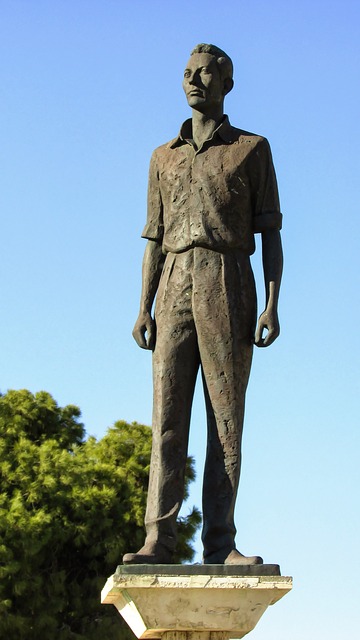In researching the topic of cross examination, I came across the classic treatise on the subject: Wellman, The Art of Cross-Examination (1903). Mr. Wellman, Harvard Law School Valedictorian class of 1878, was a career trial lawyer who tried cases in New York for over forty years. His book, although dated and a reflection of its time, remains in my opinion a must read for trial lawyers.
Wellman teaches cross examination requires the ” greatest ingenuity; a habit of logical thought; clearness of perception in general; infinite patience and self-control… .” It requires the power to read a person’s mind intuitively, to judge character by the face of the witness, and to appreciate the motive of the witness. It requires the ability to act with force and precision, a complete knowledge of the subject matter, extreme caution, and above all “the instinct to discover the weak point in the witness under cross examination.”
In the cross examination by F. Lee Bailey of Sgt. David Rossi in the O.J. Simpson trial we see all of the qualities articulated by Wellman. Bailey demonstrates ingenuity and logical thought. He uses logical thought to damage Rossi’s testimony by making Rossi appear illogical.
He demonstrates self control as he rolls with Rossi in a stream of consciousness way. Bailey uses his masterful knowledge of the facts to further demonstrate the lack of logic in Rossi’s testimony. Above all Bailey gets to the weak points of Rossi’s testimony trough patientce and logic. The result is great cross examination and the destuction of a state witness.
Post Footer automatically generated by Add Post Footer Plugin for wordpress.



 The formula for a quality personal injury case is found in tragedy. Tragedy involving a hero suffering adversity challenging the adversity, and never giving up. In a personal injury case the adversity is the injury. The injury is challenged through medical treatment. To be compelling the personal injury tragedy requires the adversity to be greater than the hero. This means the plaintiff hero will not be able to overcome the injury. The injury is permanent.
The formula for a quality personal injury case is found in tragedy. Tragedy involving a hero suffering adversity challenging the adversity, and never giving up. In a personal injury case the adversity is the injury. The injury is challenged through medical treatment. To be compelling the personal injury tragedy requires the adversity to be greater than the hero. This means the plaintiff hero will not be able to overcome the injury. The injury is permanent.